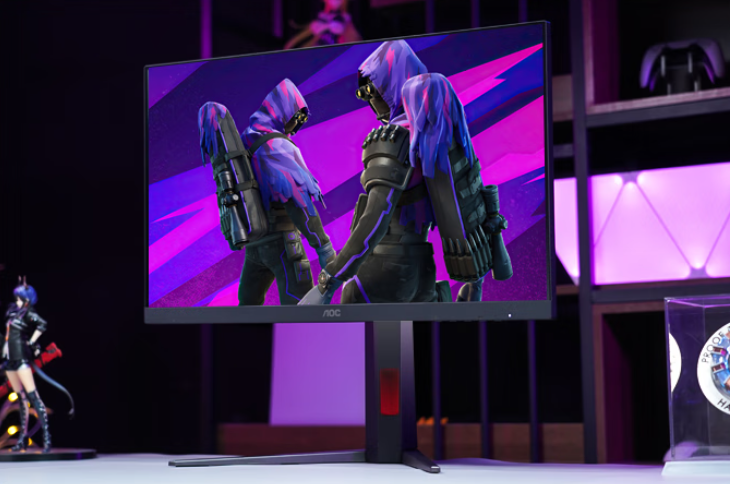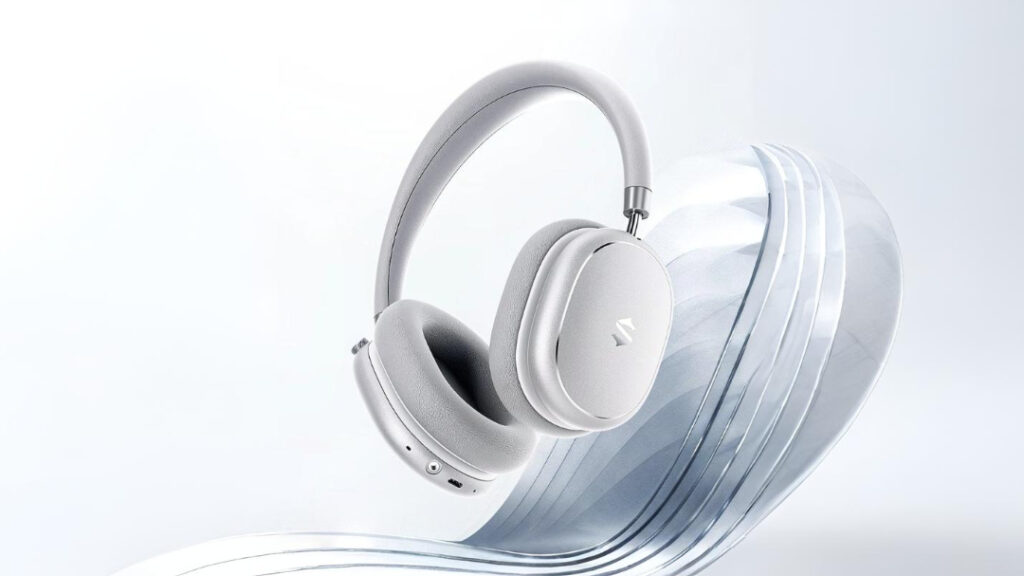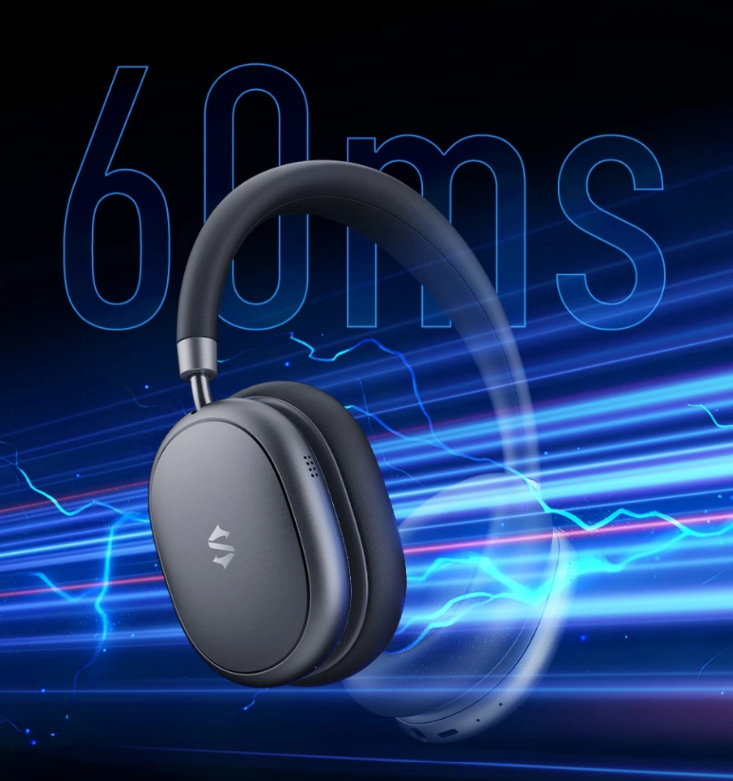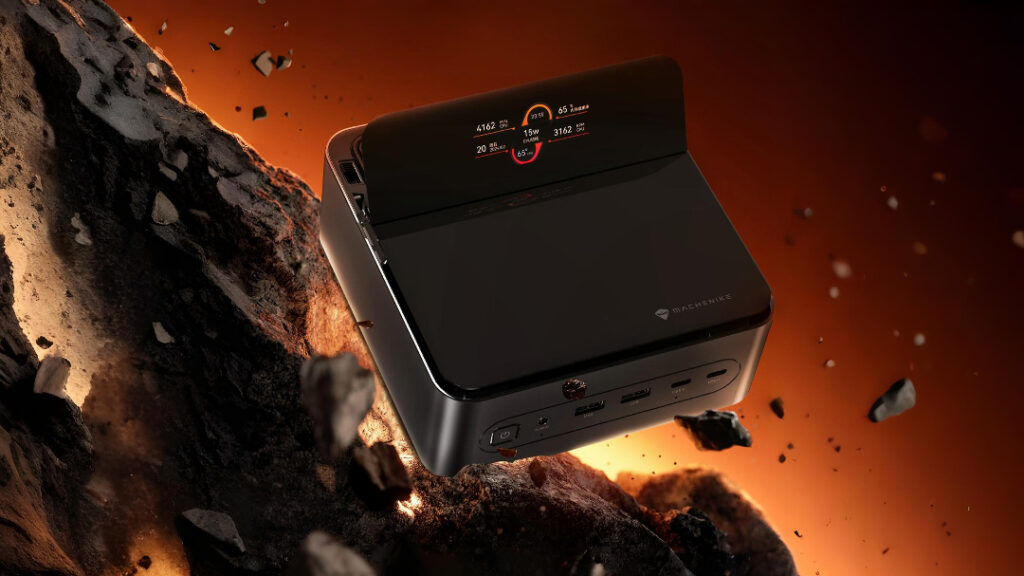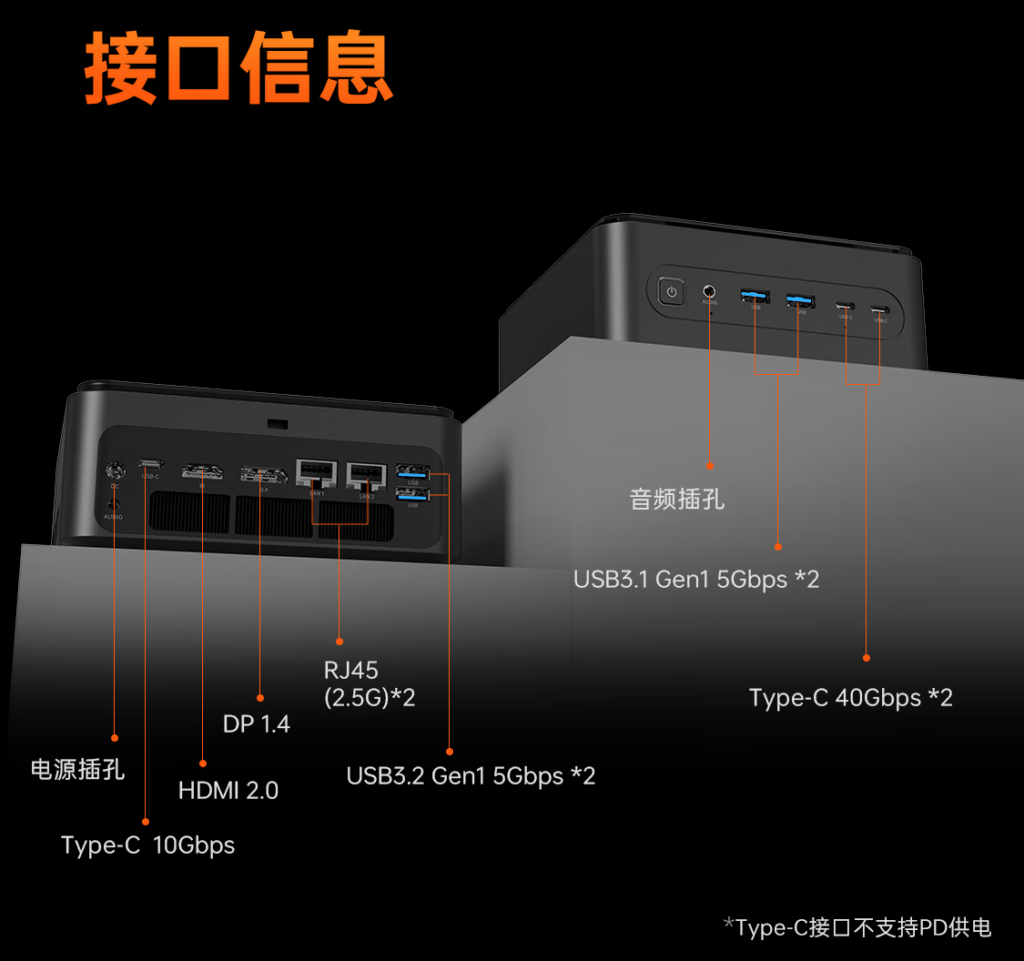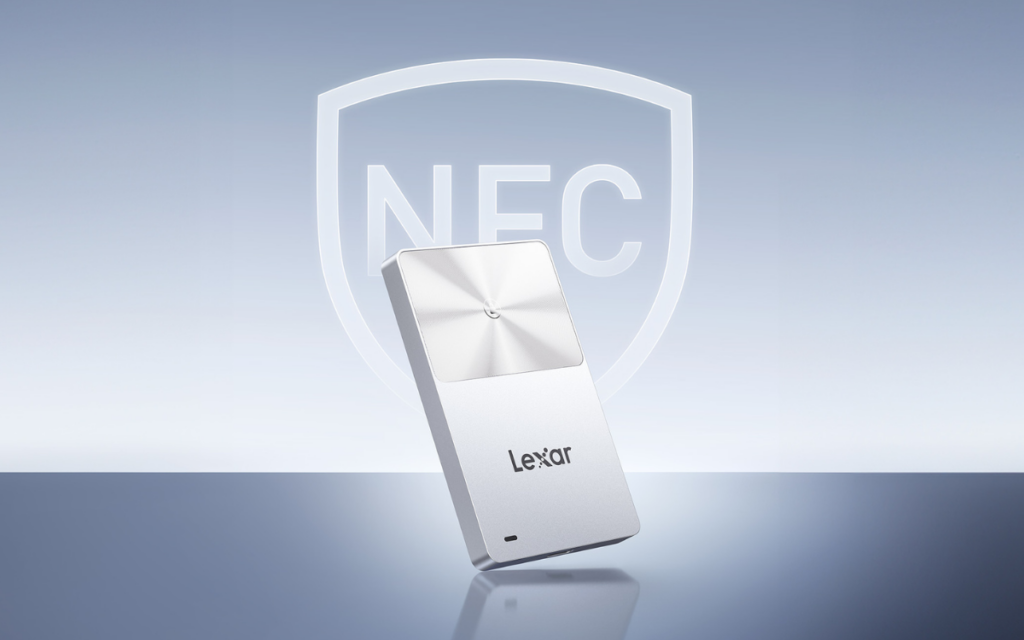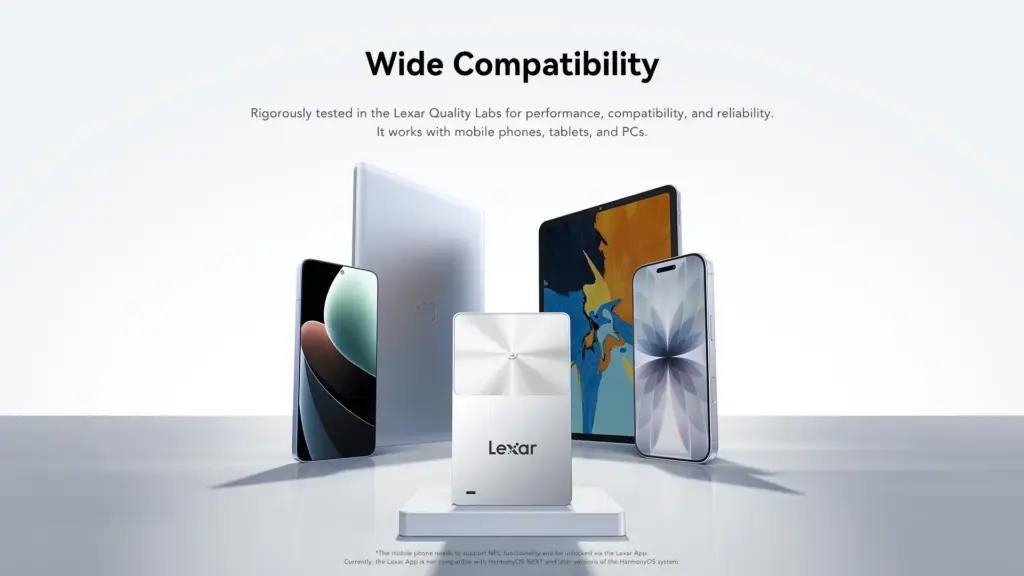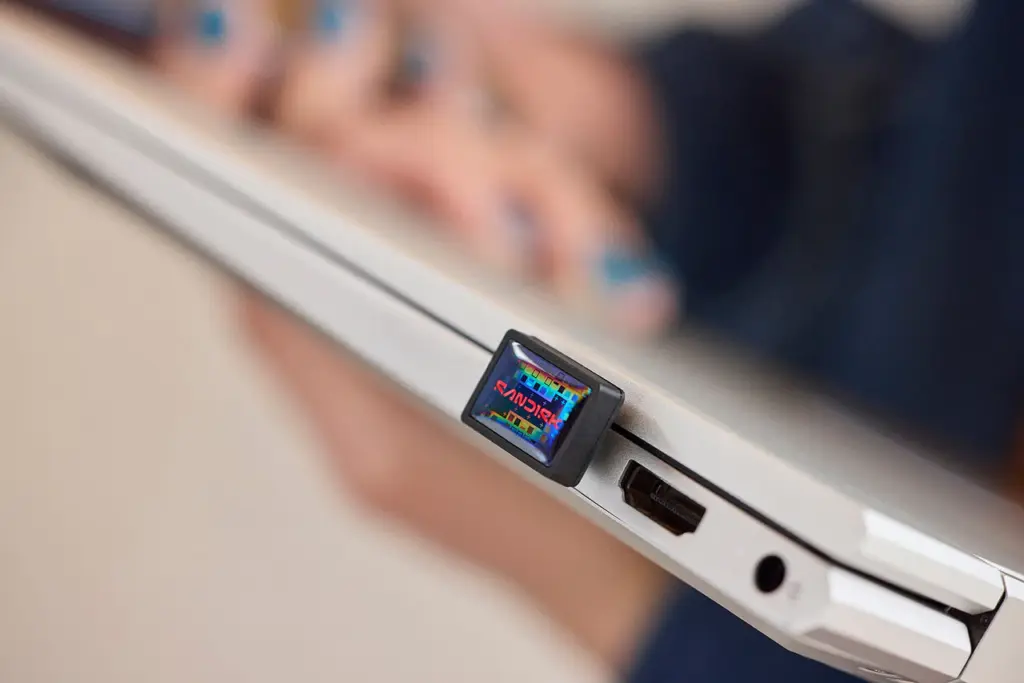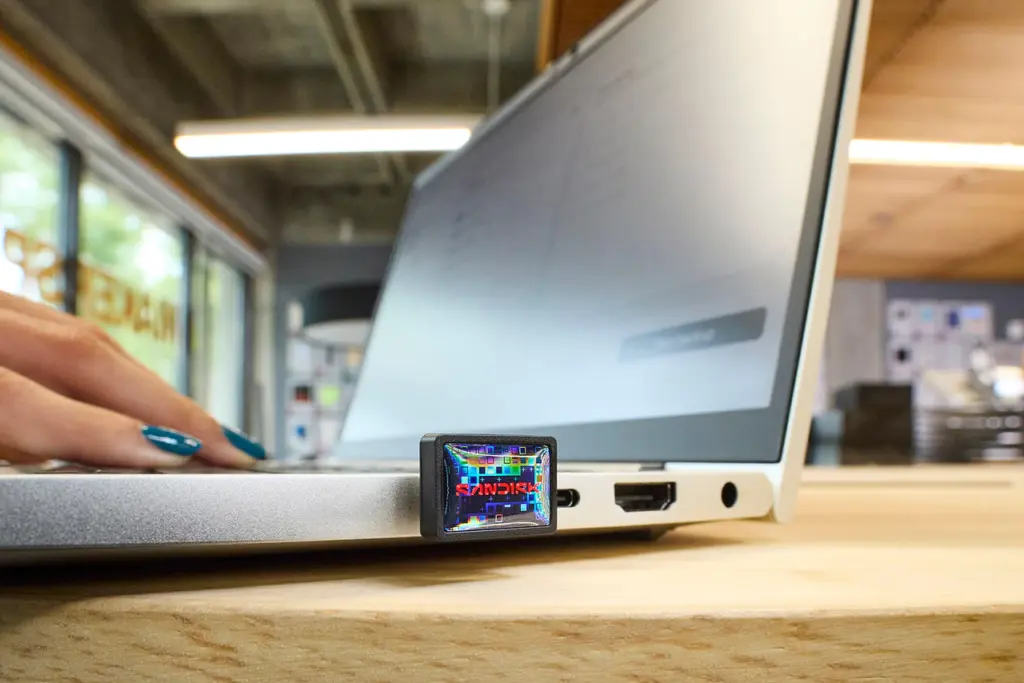Things to Look for in Camera-Centric Smartphones in 2025

Smartphone photography in 2025 is more advanced than ever, and picking a camera-focused phone isn’t as simple as reading a spec sheet. Every brand now boasts massive megapixel counts, custom sensors, and AI-powered processing, but those numbers often tell only part of the story. What really defines a great camera phone is how its hardware, optics, and software come together in real-world use, and that’s something no marketing slide can fully capture.
You can’t tell how good a smartphone camera truly is just by reading specs. At best, they serve as clues. The actual performance depends on image processing, lens quality, and the brand’s tuning approach. That’s why most people rely on expert reviews, comparisons, and hands-on experience before making a decision. Still, there are a few key things worth understanding when you’re choosing a camera-centric smartphone.

Sensor Size and Type
The image sensor is the heart of any smartphone camera. Larger sensors absorb more light, preserve texture, and deliver a natural depth of field. In 2025, high-end phones often use 1-inch or near 1-inch sensors. The benefit is noticeable in low-light and high-contrast scenes, where these sensors maintain detail without blowing out highlights or shadows.
You’ll often see sensors from Sony, such as the LYT or IMX series, or Samsung’s HP series in premium models. Both companies dominate the sensor market, but performance still depends heavily on how each brand tunes them. For example, Sony’s sensors are known for accuracy and tone consistency, while Samsung’s high-resolution HP sensors excel in detail and dynamic range.
However, even the most advanced sensor can’t guarantee great photos on its own. How the brand handles image processing, color science, and lens calibration matters just as much, if not more.
Lens Engineering
Many top manufacturers now collaborate with professional camera brands to fine-tune their optics and imaging pipeline. These partnerships go beyond logos. They influence lens design, color calibration, and even the camera interface.
Leica’s work with Xiaomi, for instance, gives phones like the 15 Ultra distinctive tonal balance and lens coatings that reduce glare and ghosting. Zeiss teams up with Vivo to produce neutral, filmic color science and advanced APO-certified optics that minimize fringing. Hasselblad’s partnership with OnePlus, although no longer active with the OnePlus 15, helped shape its color accuracy and smoother exposure transitions.
These co-engineered systems help brands create distinct visual styles. But remember, they don’t make every photo automatically professional; they give photographers more predictable results and a signature look straight out of the camera.
Zoom Versatility
Periscope telephoto lenses have become essential in high-end camera phones. Unlike digital zoom, which crops into the sensor, periscope modules use folded optics to achieve true optical zoom, usually around 3x to 5x, and still maintain detail.
Phones like the Galaxy S25 Ultra, Vivo X300 Pro, and iPhone 17 Pro Max use high-quality sensors behind their zoom lenses, giving users sharp telephoto shots and even lossless zoom across multiple focal lengths. What’s more, many of these telephoto setups now double as macro lenses. By combining long-range and close-focus capabilities, they allow for detailed close-ups with impressive subject separation, perfect for product shots or creative portraits.
It’s also worth noting that digital zoom has improved significantly through computational photography. Phones now merge multiple frames from different lenses to maintain resolution and clarity even at higher magnifications. Still, optical zoom remains the benchmark for image quality.
Imaging Chips
Hardware alone doesn’t make a great camera anymore. The magic happens in the processing pipeline, where dedicated image signal processors (ISPs) and custom imaging chips manage color accuracy, HDR blending, noise reduction, and real-time AI optimization.
Apple’s Photonic Engine, Xiaomi’s Light Fusion, and Vivo’s V3+ imaging chips are designed specifically to handle these tasks. They make night shots brighter without overexposing highlights, improve skin tones, and ensure consistent color across all lenses. Dedicated ISPs also accelerate computational photography, allowing for faster capture and sharper previews.
If you often shoot in challenging conditions, like indoor lighting, moving subjects, or mixed exposures, a phone with a custom imaging chip will almost always produce more reliable results.
Software
Camera software is the most important part of the entire photography experience. Most flagship phones now come with feature-rich apps that cater to both casual users and professional photographers. When choosing a phone, think about whether you’ll use it more for video or still photography.
For video, Apple remains the leader with its advanced tools such as ProRes recording and Cinematic mode. Samsung is nearly on par, offering excellent video quality and consistent color science. Xiaomi and Vivo are close behind both in video and pictures, providing detailed manual controls, full RAW capture, and LOG video for creators who want flexibility and precision.
Then there’s the Google Pixel series, which now focuses heavily on AI-driven photography. Tools like Magic Editor and Best Take allow effortless adjustments to lighting, faces, and composition, often producing near-perfect results with minimal effort.
Most flagship smartphones now support 8K recording and 4K 60 fps on all lenses, so video performance rarely disappoints.
As we said before, each brand has its own approach to color science. Xiaomi and Vivo offer Leica Vibrant and Zeiss Natural modes that affect tone and contrast directly at the sensor level. These aren’t simple filters; they’re part of the image pipeline and define each phone’s visual identity.
When choosing your next camera phone, consider what matters most to you: video capabilities, AI assistance, or color science.
Front Camera
The front camera deserves just as much attention as the rear setup. Most people take selfies or video calls daily, and for content creators, the front sensor is as important as the main camera.
High-end phones now feature large front sensors with autofocus, 4K video recording, and advanced facial tone mapping. The iPhone 17 Pro, for instance, uses an 18MP sensor with Center Stage framing and strong HDR performance. Similarly, many Android flagships now use 50MP front cameras that deliver consistent color and exposure with the rear system.
If you vlog, stream, or shoot handheld videos, a capable front camera can save you from relying on the main sensors for every shot.
Please Note: When you buy something using the links in our articles, we may earn a small commission at no cost to you.
For more daily updates, please visit our News Section.
Stay ahead in tech! Join our Telegram community and sign up for our daily newsletter of top stories! 
The post Things to Look for in Camera-Centric Smartphones in 2025 appeared first on Gizmochina.


